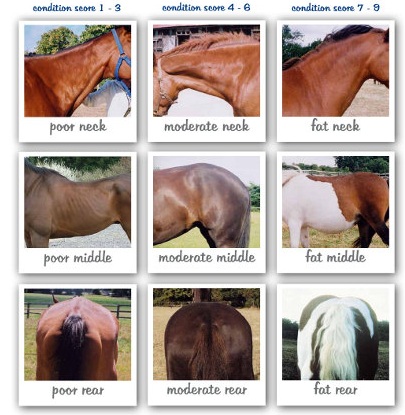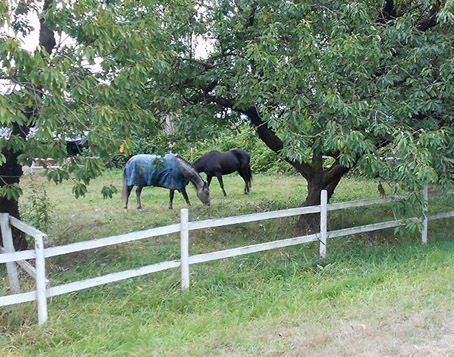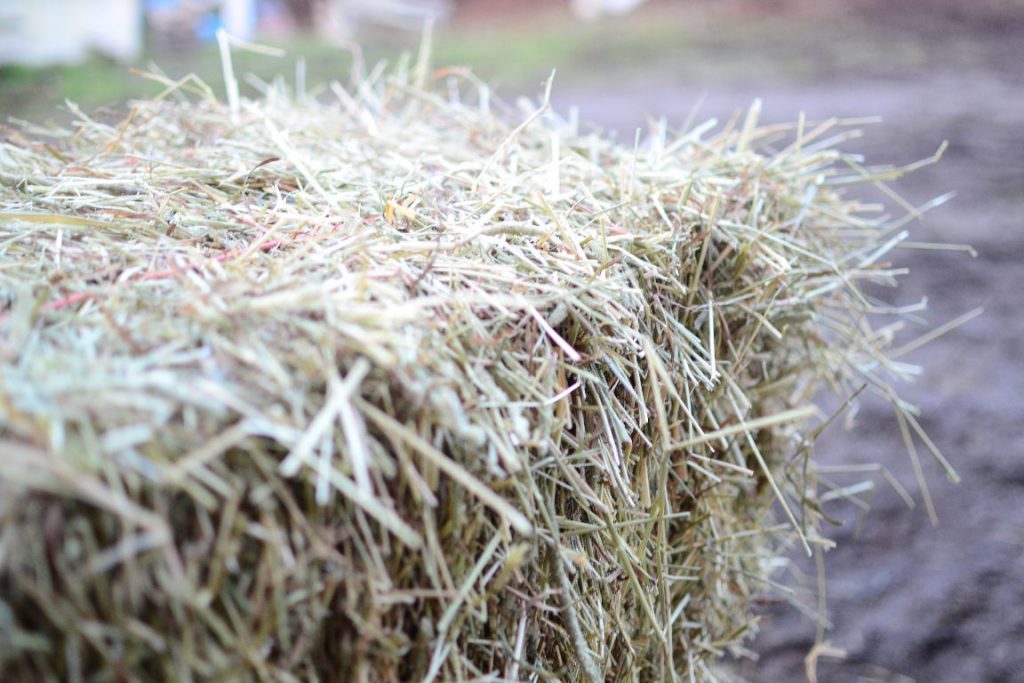Horsemanship Level 4: Feeding
The Feeding section of the Level Four checklist is quite large:
4. Feeding rules & how implemented. Common grains, concentrates & processing methods. Own routine & ration.
This wee k in the blog we'll take a look at the rules of feeding, and next week we will examine types of grain.
k in the blog we'll take a look at the rules of feeding, and next week we will examine types of grain.
In your Manual of Horsemanship, the chapter "Care of the Horse" covers the nine Rules of Good Feeding. Each of these rules could be an entire blog post on its own, but here is the nutshell version.
- Clean, fresh water must be available at all times. A horse drinks between 6 - 12 Imperial gallons, or 30 - 60 litres per day, sometimes more in hot weather or when working hard. A dehydrated horse can succumb to colic, muscle and brain seizures, and even death quite quickly. Horses can be fussy about the temperature of their water, and may not drink if water has been sitting in the sun or has ice-chunks floating in it. Buckets and waterers should be clean, as should the water in them.
- Feed Little and Often. Horses have relatively small stomachs and have evolved to graze continually throughout the day. Digestion works best on a stomach that's two thirds full. Horses that bolt their food will overfill their stomachs, pass a lot of the food undigested, and still not gain weight, so at least three small feedings a day is preferable to one or two large ones. A horse should never go more than eight hours with an empty stomach.
- Feed According to Work, Temperament, and Condition.
- Work. The more a horse works, the more food he will require. A horse that is on stall rest will need less energy, particularly in the form of concentrates.
- Temperament. Some horses become 'hot' or excitable on a high carbohydrate diet, and may need non-starch calories such as oil if hay is not enough.

- Condition. A healthy horse falls between 4 to 6 on the 9 point Henneke Body Condition Scale. A horse outside this range will need more or fewer calories to return to good condition. In addition, older and younger horses may require special feeds, as will broodmares. Bear in mind that different breeds have different body-types and metabolisms. Ponies tend to be 'good keepers' whereas Thoroughbreds and Arabians may need extra calories or more palatable food to keep them at a healthy weight.
- Keep to the Same Feeding Hours Each Day. A routine will help your horse feel secure, which in turn helps him keep weight on and helps prevent vices and ulcers. Horses don't use clocks, so feeding hours may stretch out in the summer and compress in the winter to keep your horses happy.
- Do not Work Hard Immediately After Feeding. A meal takes about an hour and a half to digest, and horses can't digest while galloping or jumping. A full stomach will also take up room the diaphragm needs and interfere with breathing.
- Feed Adequate Roughage. Hay and grass form the bulk of a horse's diet. Chewing roughage stimulates digestive juices and keeps the teeth in good condition; hay in winter generates heat from digestion; and bulk in the intestines help prevent impaction colic.
- Introduce Changes of Food Gradually. Intestinal microbes do most of the work of breaking down feed, and are adapted to the type of feed a horse is getting. A sudden change in feed may leave a horse without the correct bacteria, thereby wasting food, or worse, causing colic. Make changes gradually over the course of a week to allow the gut to adjust.
- Feed Clean, Good-Quality Forage. Hay that is green and sweet-smelling is higher in nutrients and more palatable than hay that is old and yellow. Dusty hay can cause heaves in susceptible horses, and mould is dangerous to all horses. Avoid feed contaminated with rodent or bird droppings.

- Feed Something Succulent Every Day. A horse that does not have access to grass should have a succulent feed such as a carrot or apple once a day, or be hand grazed for ten minutes or so. Succulents provide moisture and vitamins lacking in hay. Be cautious of feeding too much: succulents are usually high in sugar and can adversely affect sensitive horses.
This is a topic that is worthwhile studying from the book. If you don't happen to have a Manual of Horsemanship you can always take it out of the public library or read the copy in the lounge.
Current and Upcoming Classes
Assessments are coming up on March 13th! Check in with your instructor to make sure you're ready. If you aren't currently in classes and would like to do either a Horsemanship, Riding or Mounted Combat assessment be sure to register well in advance. All classes take place at Red Colt Co-op, 12320 No 2 Road, in Richmond.
Mounted Combat Assessments
Sunday 6 March, 1:00 – 4:30pm
cost: $50 for one assessment; $80 for two or more
one assessment included with each 5 or 6 week course
Intermediate Mounted Combat
Sundays 7 Feb – 6 Mar, 1pm – 3pm
Sundays 13 Mar - 10 Apr, 1pm - 3pm
cost: $160 + gst
Mounted Combat Fundamentals
Sundays 7 February – 6 Mar, 1:30 – 3pm
Sundays 13 Mar - 10 Apr, 1:30 - 3pm
cost: $120 + gst
Beginner Riding & Horsemanship
Sundays 31 Jan – 6 Mar, 10am – noon – FULL
Sundays 13 Mar – 17 Apr, 10am – noon
cost: $300 + gst
Riding & Horsemanship Level 2
Sundays 13 Mar – 17 Apr, 10am – noon
cost: $300 + gst
Horsemanship Level 3-4
Sundays 13 Mar - 17 Apr, 10:30 – 11:30am
cost: $130 + gst
Riding Level 3+
Sundays 13 Mar – 17 Apr, noon – 1pm
cost: $200 + gst
Mounted Combat Playday
Sunday 3 April, 1:00 – 4:00pm
cost: $15 + $15 for use of school horse
Free for ground crew & spectators!
